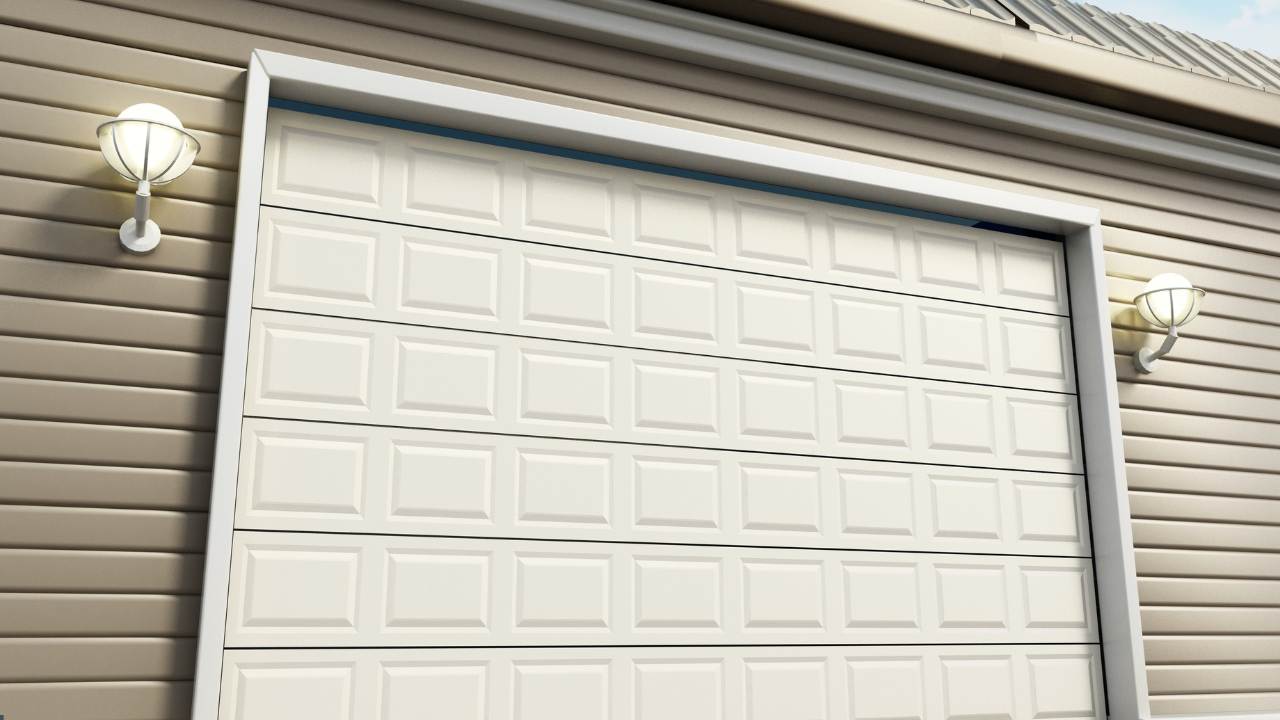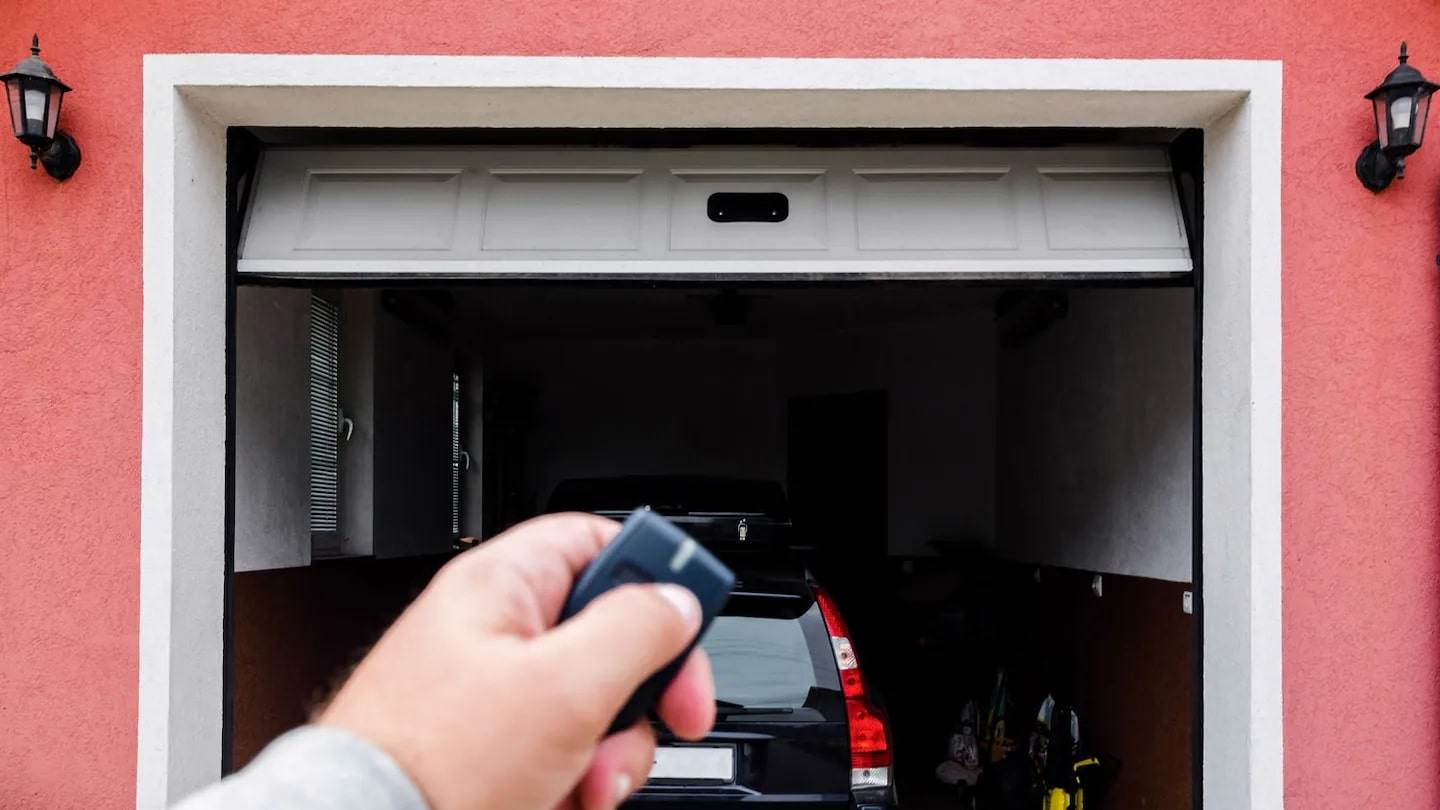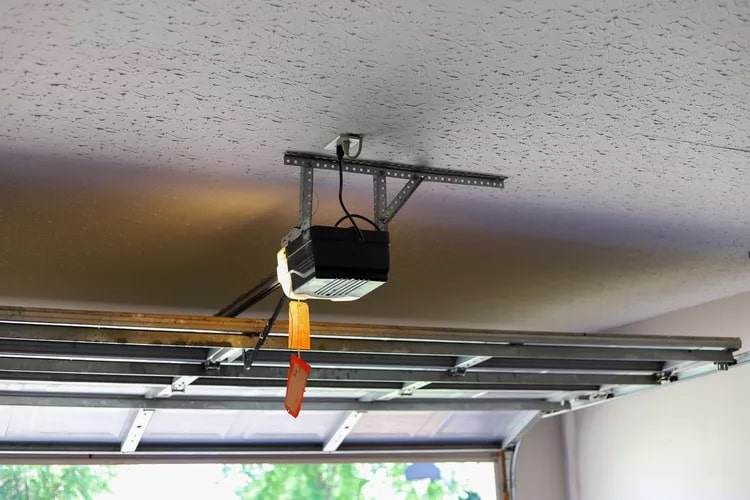Understanding the Difference Between Torsion and Extension Springs in 2024
The mechanics of springs play a crucial role in numerous functions, from everyday home goods to advanced machinery. Understanding the variations between torsion and extension springs can help you select the proper type for your specific needs. https://rentry.co/w4dppvff

Affordable Beaumont Garage Door Fixes
What Are Torsion Springs?
Torsion springs are designed to exert a torque or rotational force. They work by twisting, storing vitality in the coil as it turns round its axis. These springs are generally used in functions requiring controlled rotational movements. For instance, you can find torsion springs in items like clothespins and garage doorways, where resistance to wind or gravity is required.
- Mechanism: Torsion springs retailer power when they are twisted. The force exerted will increase because the spring is twisted farther from its impartial position. Common Uses: Found in purposes starting from St. Albert's storage mechanisms to Spruce Grove’s industrial machines. Design Features: Typically, they include tightly wound coils round a stable middle. This development allows them to withstand constant twisting forces.
What Are Extension Springs?
Garage Door Tension Spring Repairs Sherwood Park
Extension springs, distinct from torsion springs, are designed to soak up and store power when they're stretched. These springs offer resistance to pulling forces and return to their authentic shape when the force is eliminated. They are sometimes found in purposes requiring pulling or tension, such as within the doorways of sure appliances and other machinery.

- Mechanism: Extension springs operate by elongating. The more they're stretched, the more force is exerted to return to their original form. Common Uses: Often utilized in Beaumont's automotive industry or in tools found in Fort Saskatchewan developments. Design Features: Typically have coils with hooks or loops at every finish for safe attachment factors.
Key Differences Between Torsion and Extension Springs
Reliable Garage Door Sensor Repairs Nisku
Understanding the distinct traits of those two kinds of springs can help you discern which one fits your software. Here are the first variations:
- Type of Force: Torsion springs generate a torque from rotational motion, whereas extension springs generate force when pulled apart. Shape and Design: Torsion springs are wound round a middle axis, whereas extension springs are cylindrical and have hooks or loops at both ends. Applications: Torsion springs are good for purposes needing to withstand rotational forces, similar to in Leduc’s home items, whereas extension springs excel in eventualities requiring tension, like in Spruce Grove's automotive parts.
Residential Garage Door Repairs St. Albert
Applications and Uses in Local Industries
Both torsion and extension springs find intensive use throughout totally different industries, including manufacturing, automotive, and residential functions - Expert Garage Door Spring Replacement Edmonton. Here’s how these springs are utilized in some localities:
Torsion Springs
- **Sherwood Park**: Often utilized in door hinge assemblies, permitting for clean operations. - **Devon**: Integral in sports equipment, corresponding to resistance bands and weights.Extension Springs
- **Morinville**: Common in storage doorways, offering the mandatory tension for lifting doorways efficiently. - **Ardrossan**: Frequently found in furnishings mechanisms, guaranteeing smooth functioning of recliners and sofas.Affordable Overhead Garage Door Fixes St. Albert
Each of those springs serves a specific objective to enhance product performance and efficiency - Nisku Garage Door Track Alignment Services. Understanding their roles helps manufacturers design better merchandise tailored to fulfill consumer needs
Choosing the Right Spring for Your Application
When deciding between torsion and extension springs, think about the precise mechanical requirements of your utility. Here are some tricks to guide your choice process:
Top-Quality Overhead Door Repairs Edmonton
- Identify the Forces Involved: Determine whether or not you need resistance to twisting (torsion) or pulling (extension). Evaluate Space Constraints: Analyze the working surroundings, as area may determine the shape and dimension of the spring you need. Material Considerations: Choose the right material based on corrosion resistance and power, which can be important in areas like Fort Saskatchewan's industrial sectors.
Conclusion
Garage Door Weatherproofing Solutions Beaumont
In abstract, the difference between torsion and extension springs lies in their fundamental operations and applications. Torsion springs excel in offering rotational resistance, making them perfect for applications that require torque, whereas extension springs are excellent for purposes that necessitate tension and pulling. Whether you are in Stony Plain, Leduc, or another locale, understanding these variations will empower you to make knowledgeable choices on your spring requirements. Don’t hesitate to consult with industry professionals to ensure the most effective fit for your specific needs!
